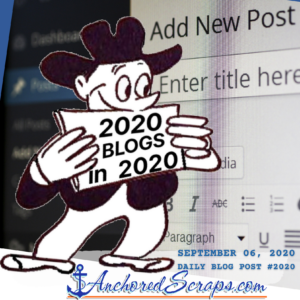Every so often I think it is helpful to refer back to some of the basics and this includes basics with letter writing. With it being September and ‘Back to School’ in the air today’s blog post on Sunday seemed the perfect time to share this short but effective book I came across for our personal correspondence (and professional as well).
There is a Kindle Edition from 2013 of “How to Write a Letter” by Scribendi.com. It shows it having been researched and written by Katie Blaszkiewicz and contributed to by Kat Humphries. The ebook starts off with describing the benefits of Handwritten letters versus typed letters with examples of when to use each is preferred.
“Whether you’re looking to write a thank-you note, a cover letter, an invitation, or a business e-mail, this comprehensive guide to letter writing will walk you through the steps of creating thoughtful communication. ”
Attribution: Image upper left “How to Write a Letter” Kindle Edition Cover by Scribendi.com.
Here are some of the topics it covers:
The section on Digital Communication actually gives some helpful standards for margins, spacing, font effects, suggested naming formats for attachment files you send.
In the “Preparing, Planning, and Structuring Your Letter” it includes the use of an Outline. Over the years my Dad was always a big proponent of using an Outline when doing any kind of writing so I loved seeing this included.
There is a section on “Creating an Effective Letter” and the section on Tone and formality was well done.
The Five Keys to Really Effective Letters listed Brevity, Specificity, Simplicity, Consistency, and Personality.
In the “Different Kinds of Letters” talks about the purpose, tone, and structure of each type of letter along with two short lists: Five Words and Five Phrases as a guide. Their example of Acceptance Letter, Apology Letter, Letter of Complaint, Condolence Letter, Confirmation Letter, Letter of Congratulations, Cover Letter, Letter of Invitation, Offer Letter, Reference Letter, Rejection Letter, Letter of Request, Resignation Letter, Termination Letter, Thank You Letter, and even included example of what to have in a Love Letter!
In “Refining You Letter” – Revision and polishing to look at Content, Style, and Tone. Word Choice, Word Order, Format, even Grammar and Punctuation is covered.
In the wrap-up section it reminds the reader that “Letters have traditionally been the most formal of the bunch and, as such, should be written with the purpose of conveying personal or sensitive information intended for a single person (or just a few people; think family members). In general, unless you are writing on behalf of a professional or academic organization, letters are not required to be as rigidly formatted as other types of documents. Therefore, there are only a few general guidelines to remember when writing your letter. If you are writing it by hand, make your penmanship clear and legible. Most people today choose not to write letters by hand, as this method has quickly become outdated with the rise of technology, so it is nice to receive a handwritten letter that has clearly taken time, effort, and creativity.” It then has a nice reminder of things to keep in mind if typing your letter on a computer or another electronic device.
There is a Bonus section on Tips on Words and Phrases and clichés to avoid, and commonly mixed-up words and their meanings, even word suggestions for Keeping it Concise with a shorter and simpler word and phrase to express yourself.
One of the features I enjoyed are the links included in the Acknowledgments and Works Cited at the back of the book where it lists online resources and those in print.
Thank you to Scribendi.com (On Twitter @Scribendi_Inc), Katie Blaszkiewicz and Kat Humphrires who are referenced in today’s blog post.
You may already have a full library of reference books for letter writing or may be wanting to add to your library. I’m glad I have added this Kindle Edition today and hope reading about it has been helpful for you too.
![]() Anchors Aweigh,
Anchors Aweigh,
Helen




